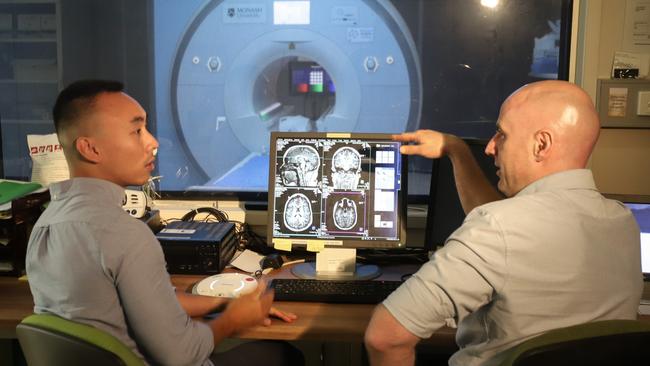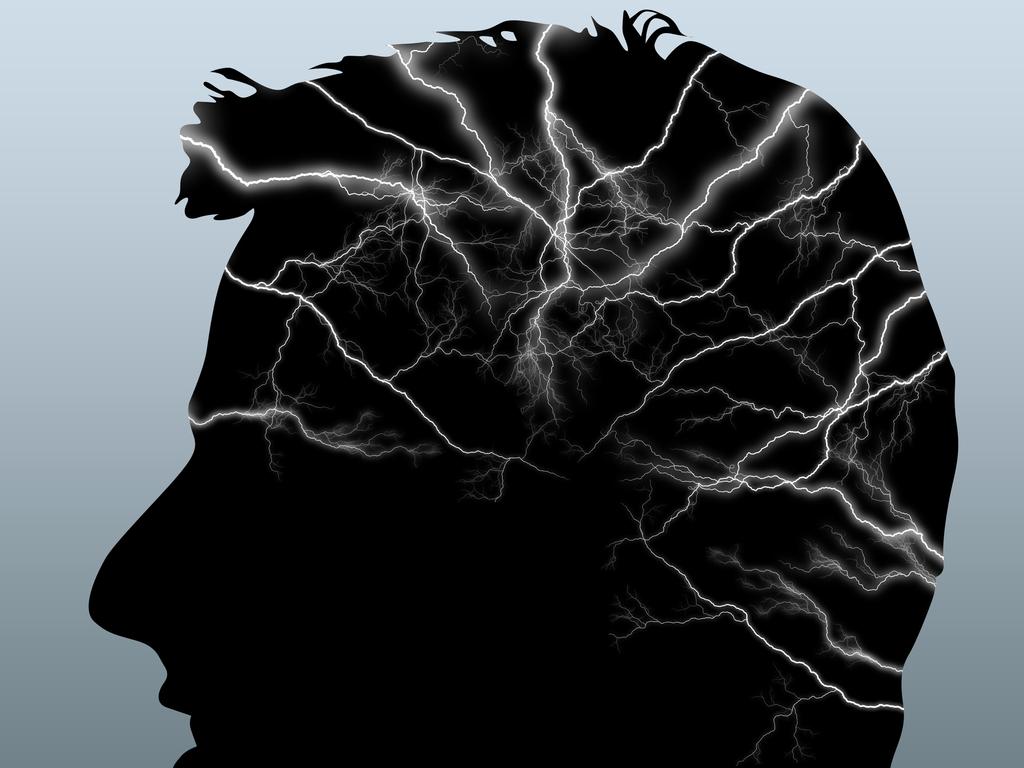Scientists have discovered the brain’s shape largely determines its activity
The shape of your brain — rather than the connectivity between its different parts — determines how an individual thinks, feels and behaves, Australian scientists reveal.

Australian scientists have established that the shape of the brain – rather than the connectivity between the brain’s different parts – is the strongest factor in determining how an individual thinks, feels and behaves.
The landmark finding in published in the prestigious journal Nature overturns the century-old scientific paradigm that complex brain connectivity deter-mines how the brain functions, instead identifying a previously unappreciated relationship between brain shape and activity.
The research, led by the Monash University Turner Institute for Brain and Mental Health, examined more than 10,000 maps of human brain activity-led and applied scientific analysis techniques from the disciplines of physics and engineering to establish that brain activity was largely the result of excitations of “fundamental, resonant modes of the brain’s geometry” that trigger “wave-like activity”, rather than from modes of complex inter-regional connectivity, as classically assumed.
“We then use these geometric modes to show that task-evoked activations across over 10,000 brain maps are not confined to focal areas, as widely believed, but instead excite brain-wide modes with wavelengths spanning over 60 mm,” the Nature paper says.
The scientists posited based on their observations that there were eight “structural eigenmodes” in the brain derived solely from the organ’s geometry. Eigenmodes of corticol activity, as understood by neural theory, are resonant frequencies of brain rhythms, in which the vibration pattern determined by the brain’s geometry.

Eigenmodes are normally used to study physical systems in areas such as physics and engineering and have only recently been adapted to study the brain.
“For every particular task that we do, some eigenmodes will be excited in some way,” said James Pang, lead author on the paper and Research Fellow at the Turner Institute and Monash University’s School of Psychological Science. “Basically, we use the eigenmode framework to have a consistent kind of framework to assess. What we’re seeing is the activity patterns that we’re mea-suring MRI are more strongly influenced by the brain shape rather than the connectivity.”
Co-lead author, Dr Kevin Aquino, of the scientific institute BrainKey and The University of Sydney, likened the process to musical vibrations produced by instruments that differed depending on the instrument’s shape. “Just as the resonant frequencies of a violin string are determined by its length, density and tension, the eigenmodes of the brain are determined by its structural – physical, geometric and anatomical – properties, but which specific properties are most important has remained a mystery,” Dr Aquino said. The scientists say the discovery will open the way for a big expansion in understanding of neurological diseases because they greatly simplify our understanding of the way the brain functions, develops and ages.







To join the conversation, please log in. Don't have an account? Register
Join the conversation, you are commenting as Logout